Donald Trump was officially sworn in as the 47th President of the United States today, marking his return to the White House after a four-year hiatus. The inauguration, typically a moment of national unity, was overshadowed by controversy as the country remains deeply divided over his leadership. Due to heavy rain and snow in Washington, the ceremony, traditionally held outside on the steps of the Capitol, was moved indoors to the Capitol Rotunda. This change limited the number of attendees, but it did not diminish the significance of the moment for Trump’s supporters.
The event drew a spectrum of reactions, with many of his loyal backers celebrating his return, while critics voiced concerns over the potential direction of his second term in office. Despite the cold reception from some, Trump’s influence on American politics remains undeniable. His administration’s priorities were outlined in a speech that echoed themes familiar from his first presidency—promises of tax cuts, deregulation, and policies that put “America First.” He called for a focus on American economic revival, reducing government intervention, and strengthening the country’s global position.
Trump’s path back to the presidency was anything but conventional, following a contentious election and a period of legal battles. The inauguration came at a time when the nation continues to grapple with political polarization, and Trump’s divisive rhetoric from the past has left a lasting impact. For some, his return is seen as a necessary course correction, while for others, it signals a troubling continuation of policies that they believe undermined democratic norms and stoked division.
As he took the oath of office, the nation’s attention turned to what lies ahead under his leadership. His inaugural speech stressed the need for unity, but it also foreshadowed a contentious relationship with both political opponents and key global allies. With partisan tensions high and the country divided, Trump’s second term faces significant challenges in attempting to heal national rifts while pushing forward his conservative agenda.
Supporters view Trump as a fighter who represents the working class and stands against what they see as an establishment elite. On the other hand, critics fear his return could signal a further erosion of trust in American institutions, with potential consequences for civil rights, the environment, and international relations. As President Trump begins his second term, it is clear that his presidency will continue to shape the nation’s political landscape in profound ways.


